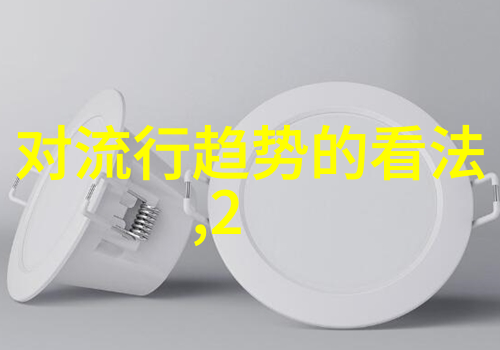The Birth of a Movement: The term "vintage" originated in the 19th century, describing wines that had been aged to perfection. In the context of fashion and design, it was first used in the mid-20th century to describe clothing from past decades. However, it wasn't until the 1980s that vintage became a cultural phenomenon.

Retro Revival: As we entered the new millennium, nostalgia for bygone eras began to resurface. Music genres like swing and jazz experienced a resurgence in popularity, while movies and television shows from earlier decades were re-released on DVD and streaming platforms.
Fashion's Vintage Renaissance: Designers started incorporating vintage elements into their collections – think flared jeans, bell-bottoms, shift dresses, and platform shoes – as well as using vintage fabrics such as velvet and lace.

A New Era for Language: With this renewed interest in all things retro came an increased appreciation for vintage English itself – its unique phrasing, idioms, slang terms (like "cool cat" or "hippie"), even its typography (think letterpress).
Vintage Inspiration Across Media: From video games set in retro environments to advertisements evoking classic aesthetics; from books with cover art inspired by old photographs to films featuring period-specific music scores – there seems no end to our fascination with yesteryear's style.

In conclusion, this love affair with all things retro has led us back down memory lane where we rediscover timeless beauty through language use that is both nostalgic yet fresh once again relevant today.
As we continue embracing these throwback trends across various creative fields

it is clear that vintage will remain an enduring force shaping popular culture
for years to come





